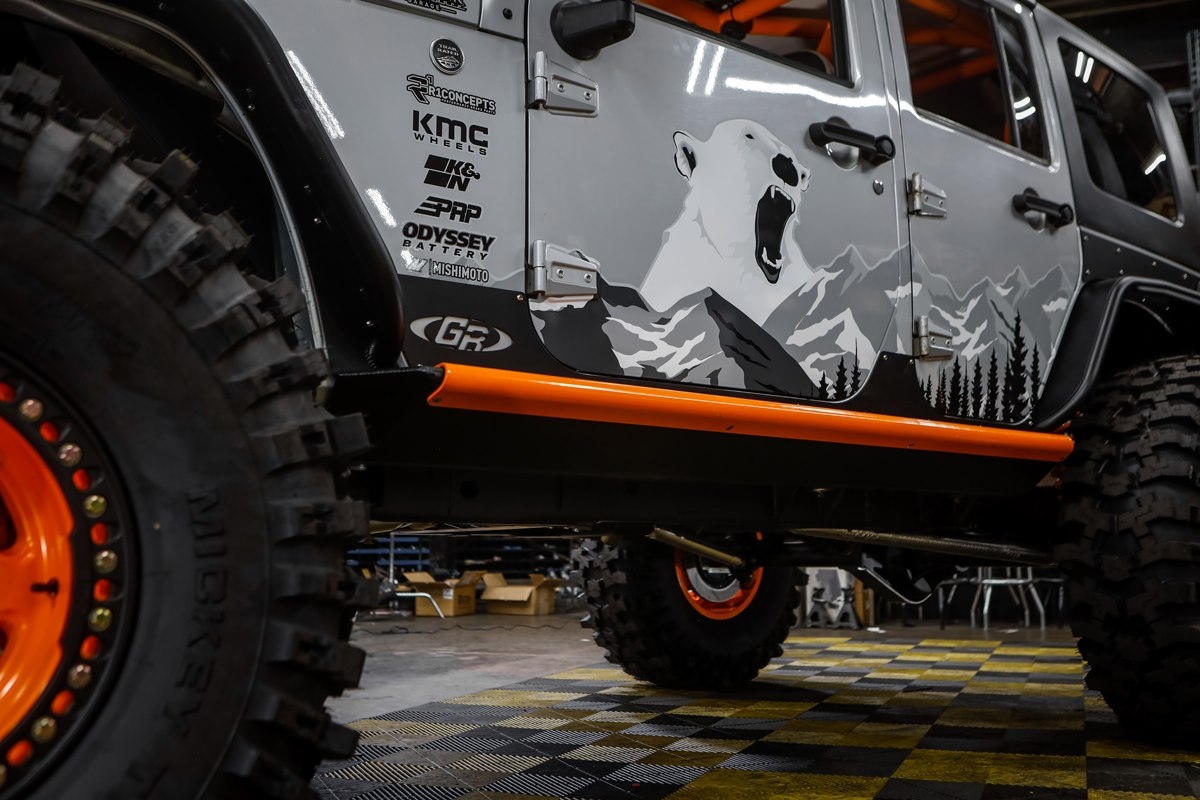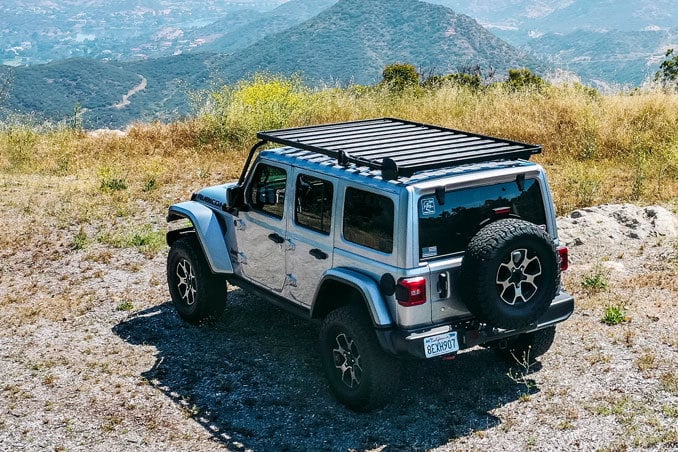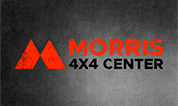Whether you are looking for more low-end torque or better top-end power, a set of ring and pinion gears can make a world of difference. But what are these components, and how do they work together to affect your Jeep's performance? We'll take a look at the basics of a ring and pinion so that you can make an informed decision about which set is right for you.

What Are Drivetrain Ring & Pinions?
Ring and pinion gears are the two main components of your drivetrain's differential. The ring gear is a large, toothed wheel that is mounted on the inside of the differential case. The pinion gear meshes with the ring gear and turns it. Together, these two gears transfer power from the driveshaft to the axle shafts, which in turn spin the wheels.
Having the correct ratio is essential for ensuring that your Jeep has the correct amount of power and torque. If the ratio is too low, your Jeep will have plenty of low-end torque but may lack top-end speed. If the ratio is too high, your Jeep will have plenty of top-end speed but may lack low-end grunt. Finding the perfect balance is crucial for getting the most out of your Jeep.
There are several factors to consider when selecting a set of ring and pinion gears, including tire size, engine size, driving style, and more. The stock gears will do fine for everyday conditions, but when looking to get the most out of your Jeep, it is best to upgrade the stock ring and pinion. Choosing a set of aftermarket gears can provide numerous benefits such as improved acceleration, increased fuel economy, and explosive low-end torque.
When shopping for ring and pinion gears, it is important to choose a quality product from a reputable manufacturer. Some brands that we recommend include Yukon Gear & Axle, Dana Spicer, and G2 Axle & Gear. These companies have years of experience in the automotive industry and produce some of the highest quality products on the market.

What Does a Ring & Pinion Do?
While it may look simple, a ring and pinion gear set is a complex piece of technology. To function properly, all components must be machined to precise tolerances and then assembled with care.
The ring gear is mounted on the inside of the differential case and typically has between 12 and 40 teeth. The pinion gear, which has significantly fewer teeth meshes with the ring gear and is connected to the driveshaft. As the driveshaft turns, it rotates the pinion gear, which in turn spins the ring gear. The teeth on the gears mesh together and transfer power from the driveshaft to the axle shafts.
The ring and pinion gears work together to provide a specific ratio that determines how much torque is transferred to the wheels. Finding out the ratio is relatively simple. Just take the number of teeth on the ring gear and divide it by the number of teeth on the pinion gear. For example, if a ring gear has 39 teeth and a pinion gear has 11 teeth, the ratio would be 3.55:1. This means that for every rotation of the driveshaft, the axle shafts will rotate 3.55 times.
How Do You Choose a Ring & Pinion?
There are several factors to consider when selecting a ring and pinion gear set, including tire size, engine size, driving style, and more.
Tire Size
One of the most important factors to consider is tire size. The larger the tires, the higher the ratio you will need. This is because larger tires require more torque to turn. If you have a lifted Jeep with big tires, you will need a higher ratio gear set to compensate.
Engine Size
Another important factor is engine size. The bigger the engine, the more torque it will produce. This means that you will need a lower ratio gear set to transfer that torque to the wheels. A smaller engine will produce less torque and will need a higher ratio gear set to turn the wheels.
Driving Style
Your driving style is also important to consider. If you like to off-road, a lower ratio gear set is typically best because it will give you more low-end torque. This helps crawl over obstacles. If you do mostly highway driving, a higher ratio gear set is typically best because it will give you more top-end speed.
The stock gear ratio for a 2016 Jeep Wrangler JK is 3.21:1. This is a good all-purpose ratio that works well in a variety of conditions, especially if you do mostly highway driving. You may want to consider a gear set with a ratio of 3.73:1 or 4.10:1 if you need more torque or explore the backcountry for fun, but be warned: these ratios will take away fuel economy and top-end speed.
No matter the route you choose, make sure you do your research and choose a quality product from Morris 4x4 Center. Your Jeep will thank you for it.






